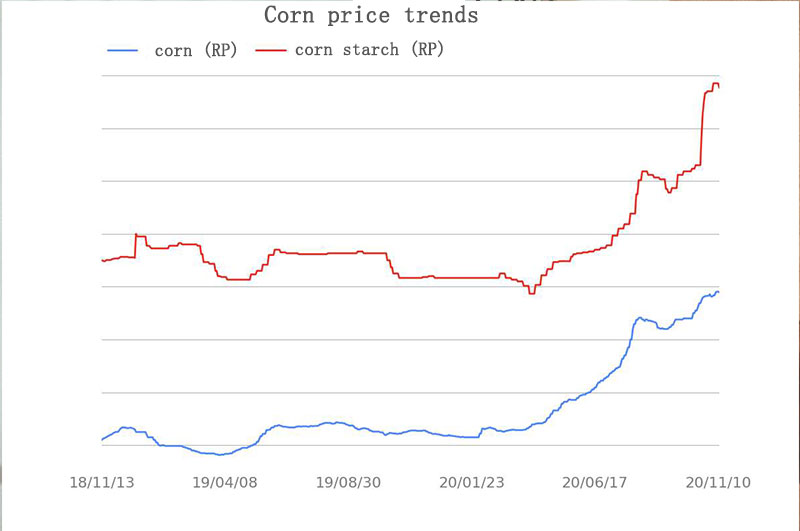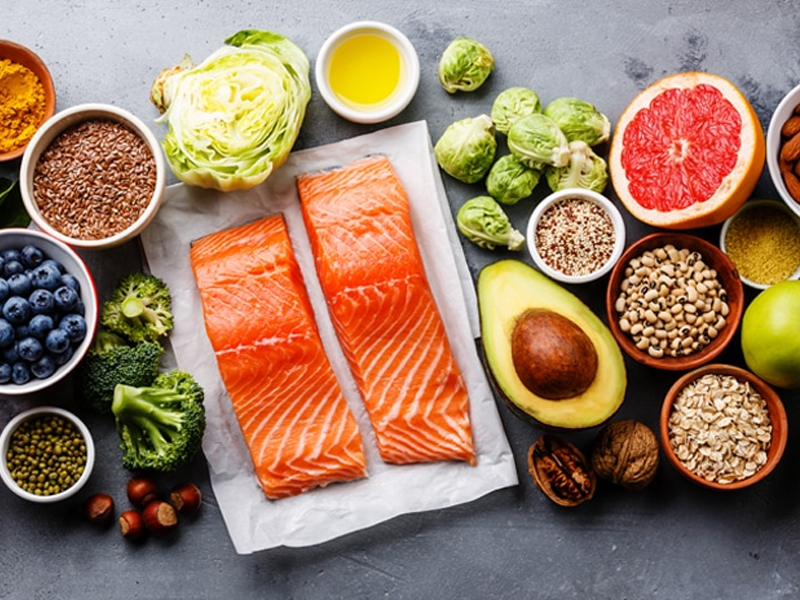Isomaltitol 101: A Sugar Alcohol in Disguise
Derived from beet sugar, organic isomaltitol is a low-calorie sweetener (2.1 kcal/g) prized for its tooth-friendly, non-cariogenic properties. With 50% the sweetness of sugar and a glycemic index of 2, it’s a go-to for “sugar-free” labels on gums, chocolates, and baked goods. But beneath its innocent façade lies a digestive minefield. Let’s uncover why even organic isomaltitol can’t escape its notorious side effects.
The Side Effects: Why Isomaltitol Isn’t for Everyone
1. Digestive Chaos
- Bloating & Gas: 30% of users report discomfort at doses >15g/day. Gut bacteria ferment undigested isomaltitol, producing hydrogen and methane.
- Laxative Effect: Exceeding 30g/day triggers diarrhea in 20% of people (FDA mandates a warning label: “Excess consumption may cause laxative effects”).
- FODMAP Alert: Classified as a polyol, it’s high-FODMAP and worsens IBS symptoms like cramping and urgency.
2. Nutrient Blockade
- Mineral Malabsorption: Binds to calcium and magnesium in the gut, reducing absorption by 10–15% when taken with meals.
3. Hidden Allergies
- Beet Sensitivity: Rare cases of itching or swelling linked to beet-derived isomaltitol.
- Migraine Trigger: Anecdotal links to headaches in sensitive individuals, though studies are lacking.
4. Blood Sugar Paradox
- Indirect Spikes: Slows gastric emptying, potentially delaying carbohydrate absorption and causing unexpected glucose surges in diabetics.
Organic vs. Conventional: Does “Clean” Matter?
While organic isomaltitol eliminates:
✅ GMO Risks: Sourced from non-GMO beets (vs. conventional’s GMO crops).
✅ Pesticide Residues: USDA Organic bans glyphosate and neonicotinoids.
✅ Harsh Processing: Enzymatic hydrolysis replaces hydrochloric acid.
It Doesn’t Fix:
❌ Sugar alcohols’ inherent digestive side effects.
❌ FODMAP status or mineral-binding traits.
Isomaltitol vs. Other Sweeteners: Side Effect Showdown
| Sweetener | Calories/g | GI | Common Side Effects | Organic Option |
|---|---|---|---|---|
| Isomaltitol | 2.1 | 2 | Bloating, diarrhea | ✅ |
| Erythritol | 0.2 | 0 | Cooling aftertaste, nausea | ✅ |
| Xylitol | 2.4 | 13 | Toxic to dogs, bloating | ✅ |
| Monk Fruit | 0 | 0 | Bitter/licorice aftertaste | ✅ |
| Allulose | 0.4 | 0 | Bloating, laxative effect | ✅ |
Winner for Safety: Monk fruit (if you can tolerate the taste).
Who Should Avoid Isomaltitol?
- IBS/SIBO Sufferers: High-FODMAP sweeteners are gut kryptonite.
- Low-FODMAP Dieters: Strictly off-limits during elimination phases.
- Pet Owners: While safer than xylitol, keep away from dogs.
- Migraine Warriors: Potential trigger for aura-sensitive individuals.
Damage Control: How to Use Organic Isomaltitol Safely
- Start Low: 5g/day (1 tsp) for a week to test tolerance.
- Pair with Fiber: Psyllium husk or chia seeds slow fermentation.
- Avoid Fasting: Consume with meals to dilute gut impact.
- Hydrate: Drink 8 oz water per 10g isomaltitol to prevent blockages.
The Organic Edge: When It’s Worth the Risk
For disciplined users, organic isomaltitol offers:
- Tooth-Friendly Baking: No caramelization, perfect for sugar-free gum paste.
- Clean-Label Recipes: Avoids aspartame and sucralose’s stigma.
- Ethical Sourcing: Supports regenerative beet farming (improves soil health).
The Verdict: Proceed with Caution
Organic isomaltitol is a low-calorie, tooth-friendly sweetener with irreplaceable baking perks—but its side effects demand respect. For non-IBS users who dose carefully, it’s a safe(r) sugar swap. For everyone else? Steer toward monk fruit or erythritol.
Sweeten smart. Your gut holds the final vote.

